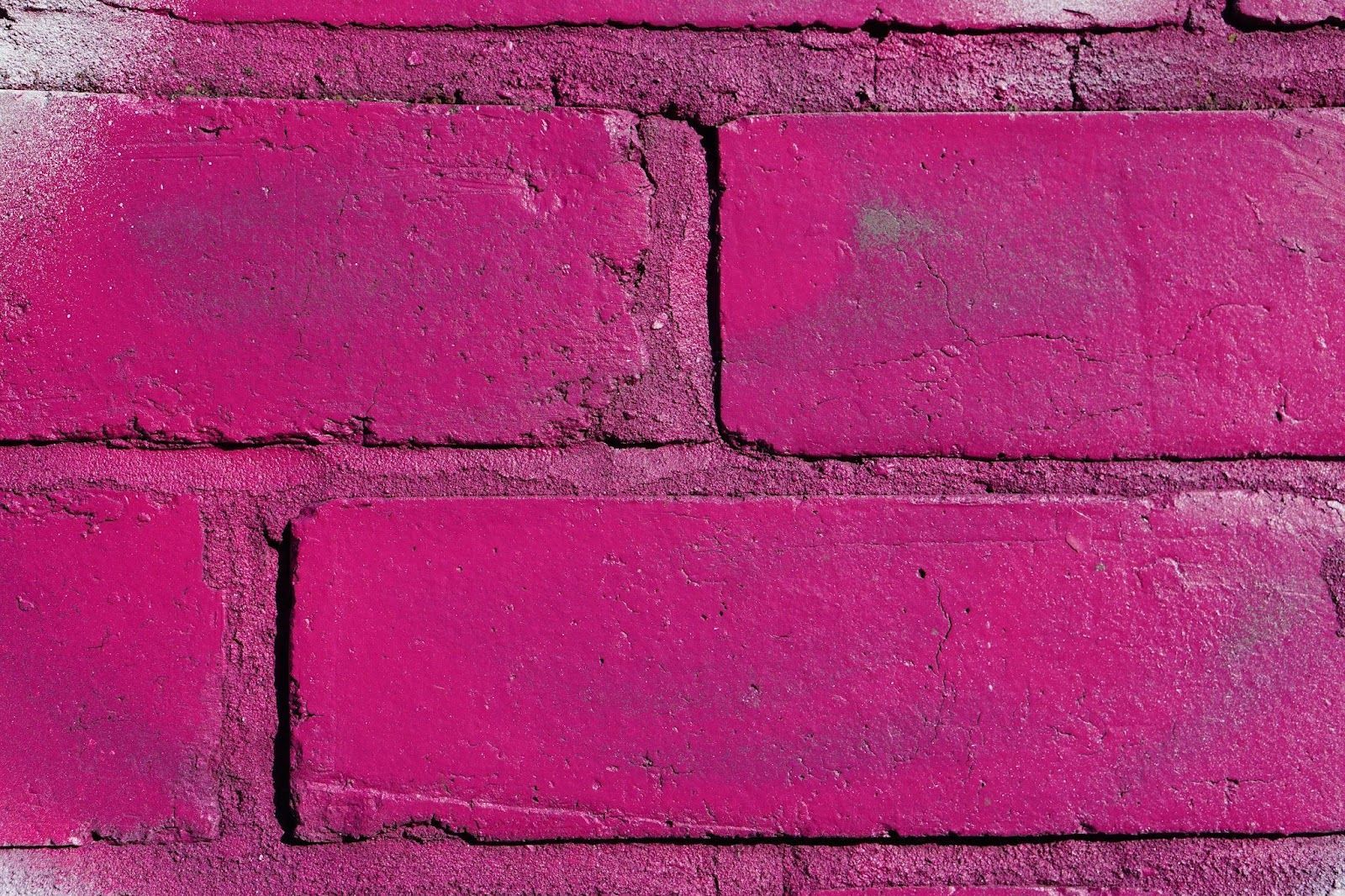Stories in the rainbow
Are oranges named after the color or vice versa? The etymology of hues
Published on April 25, 2025
 Credit: Copper and Wild
Credit: Copper and Wild
How many colors do you think you could name –and identify– correctly? It may seem like kindergarten business, but beyond the primary colors and their combinations, the shades get more nuanced. Have you ever wondered how hues got their names? What did we call "orange" first, was it the color or the fruit? Let’s explore the history of how color names came to be!
Blue
 Credit: Shashwat Narkhede
Credit: Shashwat Narkhede
"Blue" comes from the Old French word bleu, which in turn has roots in the Germanic word blāw. Now, here's where it gets interesting. Originally, blāw meant "shining," referring to the shimmer of light.
It wasn't until later that it specifically described the color of the sea and that of the sky. Think about it: the shade that so many people pick as their favorite might have been called "shimmer".
Green
 Credit: CHUTTERSNAP
Credit: CHUTTERSNAP
The grass is always unripe on the other side of the fence. Or that’s what they might have said in Old English. In the past, their term grēne meant something was immature or not-yet-ready, so it eventually was assigned to the color.
If you pay attention, you might see some shared roots in words like "grow," "grass," and "grain."
Yellow
 Credit: Łukasz Łada
Credit: Łukasz Łada
Maybe you guessed it: "Yellow" comes from the Old English word geolu, which is related to words like "gold" and "yolk."
Interestingly, geolu was also used to describe shades of brown and even green! In time it settled into the bright, cheerful color we know and love today: that of sunlight.
Purple
 Credit: engin akyurt
Credit: engin akyurt
You probably know that purple used to be linked to royalty, power, and riches. The explanation is closely linked with its etymology.
"Purple" derives from the Latin purpura, which refers to a species of sea snail. In ancient times, thousands of snails would have to be milked or crushed to obtain dye of this rare hue, making purple fabrics extremely expensive.
Beige
 Credit: Gabrielle Henderson
Credit: Gabrielle Henderson
A color popularly associated with boredom and blandness –sorry, fans of beige! Its name comes from the French term "natural wool," referring to the undyed color of sheep's wool.
Of course, a similar color is "vanilla," which points at the color of the flowers that produce the tasty beans. And what do you know –that term is also associated with mildness.
Magenta
 Credit: Artur Opala
Credit: Artur Opala
You wouldn’t expect such a bright and cheerful color to have originated in a war. But this hue got its name after the Battle of Magenta, fought in Italian territory in 1859.
It’s because this new aniline dye was discovered in France around the same time, and the Franco-Italian victory was honored by assigning it the bloody battle’s name.
Teal
 Credit: J Cruikshank
Credit: J Cruikshank
This beautiful blue-green hue gets its name from a bird! The common teal, a small duck with a distinctive colored stripe around its eyes, lent its name to this color.
It's a relatively recent addition to the color lexicon, only becoming popular in the mid-20th century.
Indigo
 Credit: Simone Dalmeri
Credit: Simone Dalmeri
"Indigo" comes from the Latin word indicum, meaning "Indian," because this vibrant dye was originally imported from India to Europe.
Today, we use "indigo" to refer to one of the colors in the rainbow, nestled between blue and violet. In the Hindu religion, this precise hue represents the chakra of the third eye.
Orange
 Credit: Mustafa akın
Credit: Mustafa akın
This one's a bit of a late bloomer. Before the juicy orange fruit made its way to Europe from Asia, English speakers didn't really have a specific word for it. They'd call it geoluhread. Does that ring a bell? Exactly, it combines _geolu (_yellow) and read (red), its two neighboring colors.
But when the fruit arrived from Asia, with its Sanskrit term naranga (orange tree), a version of that new word was assigned to the vibrant color.
Maroon
 Credit: Anna Evans
Credit: Anna Evans
The French had a word for a specific chestnut – a large, brown chestnut that grew on a specific type of tree. This term was marron. Marrons were often used to make a reddish-brown dye, which they named after the nuts.
It's not related to the verb "maroon," though. That one derives from the Spanish cimmaron, which meant "wild, untamed, unruly, fugitive."
Pink
 Credit: Anna Holodna
Credit: Anna Holodna
Think pink! This delicate color comes from the Dutch word pinksterbloem, which was a mouthful. The term was the name of a type of flower with jagged edges of this hue.
Before, the English terms for this color evoked pale skin: They used "flesh color" or "incarnation."
Red
 Credit: Divazus Fabric Store
Credit: Divazus Fabric Store
The word "red" traces its roots back to the Old English word rēad. It's related to words in other languages like rood in Dutch and rot in German.
In turn, "scarlet" goes back to the Persian word saqerlât, a type of fine cloth. In the Middle Ages, scarlet dye was incredibly expensive, made from the dried bodies of a tiny insect called the kermes. That’s why it became associated with wealth, luxury, and even royalty.
Black
 Credit: Nicolas Thomas
Credit: Nicolas Thomas
The color of mystery, elegance, and that little black dress everyone should have in their closet. "Black" comes from the Old English word blæc, which meant "dark" or "ink."
Some of the earliest archives of this word in writing uses blæc to refer to "that dark spot in the middle of the eye."










